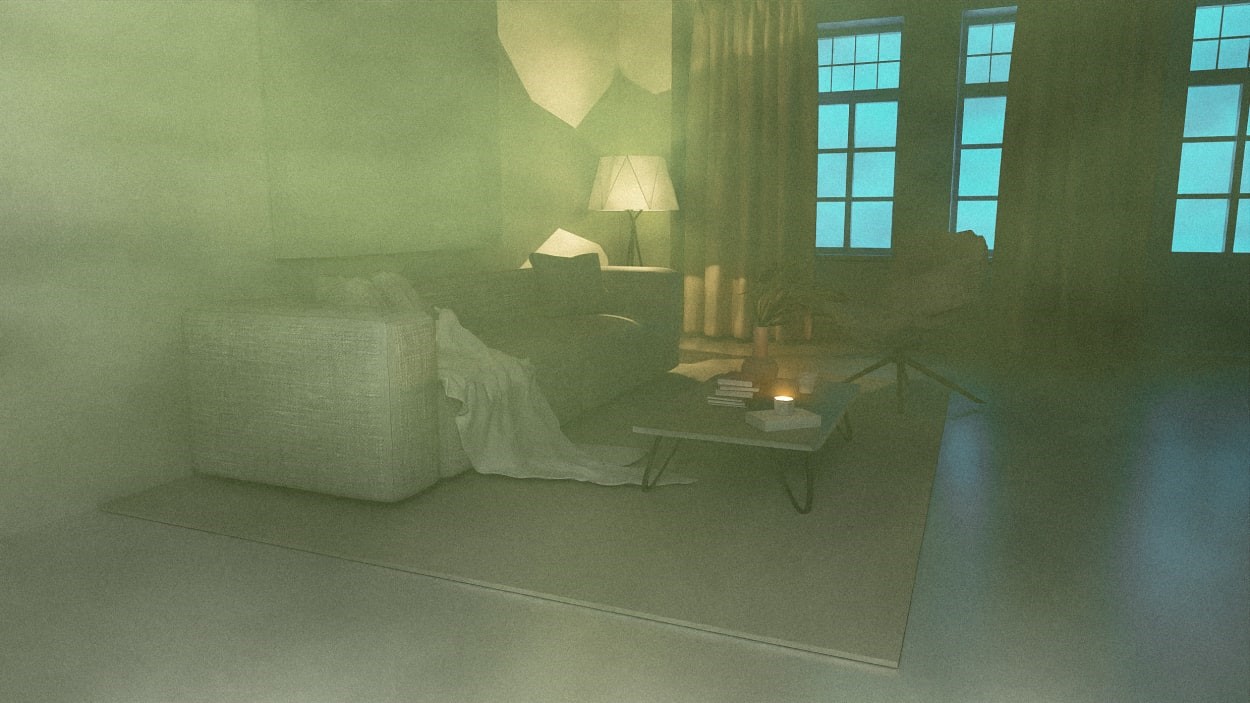Indoor air quality is at its worst in January. Here’s what you can do about it
We’re used to thinking of air pollution as something that happens outdoors, from wildfire smoke or factory emissions. But the air quality inside our homes may actually be worse than what we’re breathing outside.
Today, Dyson released its first report on global air quality, using information collected from the more than 2.5 million air purifiers in homes around the world. The results reveal that in the U.S., air quality indoors was worse than outdoors for three-quarters of 2022. Winter was the most polluted season, with January being the most polluted month.
Scientists have known about the dangers of indoor air pollution for a long time. Dyson’s data supports this existing research. It offers an unusually large data set since it collects anonymized data from connected air purifiers in consumers’ homes, amounting to half a trillion data points. Its data also goes back years, allowing it to assess trends across long periods. “We use all of this data to help improve our machines, but this information is also useful to the general public,” says Ken Armstrong, head of environmental care research at Dyson.
However, it’s important to note that Dyson’s sample size is restricted to families who can afford the brand’s high-end, pricey devices, which start at $300. While the brand sells its products around the world, from India to Singapore to the U.S., we can assume it’s a fairly homogenous sample from an income perspective.
Dyson’s study identified a pollutant known as PM2.5. These particles are as small as 2.5 microns, which makes them invisible to the naked eye, but when inhaled, they can cause damage to human health. In the U.S., average indoor PM2.5 was 9% higher than outdoor levels, and for six months of the year, indoor PM2.5 levels were higher than what the World Health Organization recommends for long-term exposure.
Dyson found that pollution levels spiked in the winter months, with January being particularly bad. This is likely because people tend to be home more thanks to the holidays and cold weather. “A lot of pollution is caused by human behavior,” Armstrong says. “When people are cooking or spraying deodorant and hairspray, we see an increase in indoor pollution levels.”
Patrick Goegan, a veteran air pollution scientist who works for the Water and Air Quality Bureau of Health Canada (and has no connection to Dyson), says that Dyson’s findings align with his own. Goegan points out that in cold countries, people tend to leave their windows closed in the winter, which reduces air flow. “Pollutant levels go up inside the house simply because you’re not ventilating,” he says.
Goegan also says that as we’ve become more concerned about energy usage and climate change, we insulate our homes more than before, which exacerbates the situation. “In the ’60s and ’70s, houses were not airtight,” he says. “But when we started building airtight houses, pollutant levels started to go up.”
On top of poor ventilation, Goegan says that air quality tends to be bad in the winter because people use various mechanisms to heat their homes that produce pollutants. Fireplaces and wood-burning stoves release particulate matter into the air. And cooking of all kinds, but particularly over a gas stove, will cause an increase in pollutants.
So what can we do to decrease our exposure? Goegan and Armstrong suggest several simple solutions.
(11)



